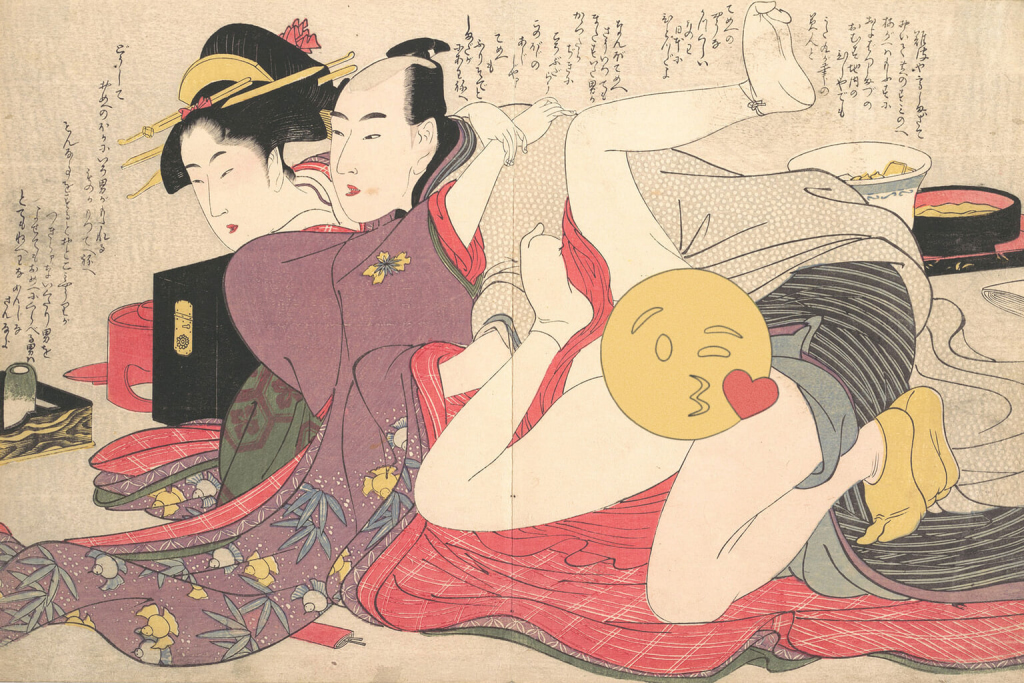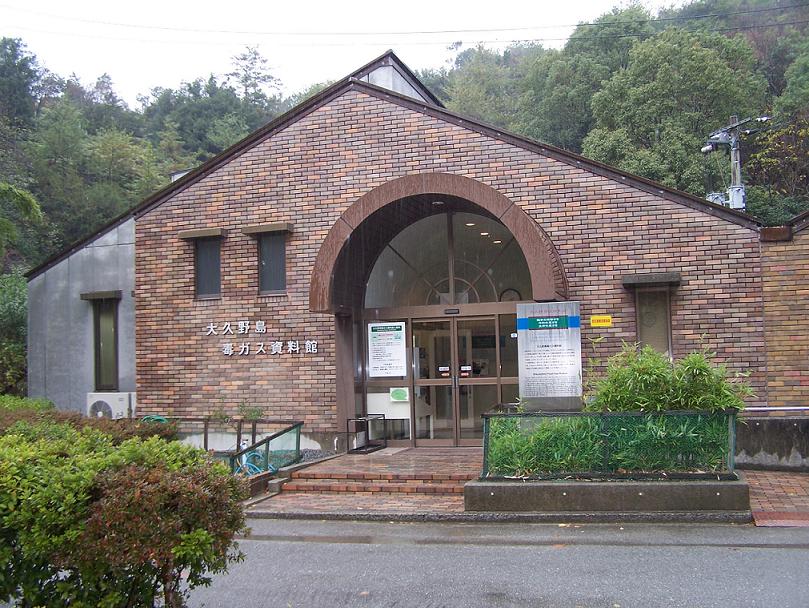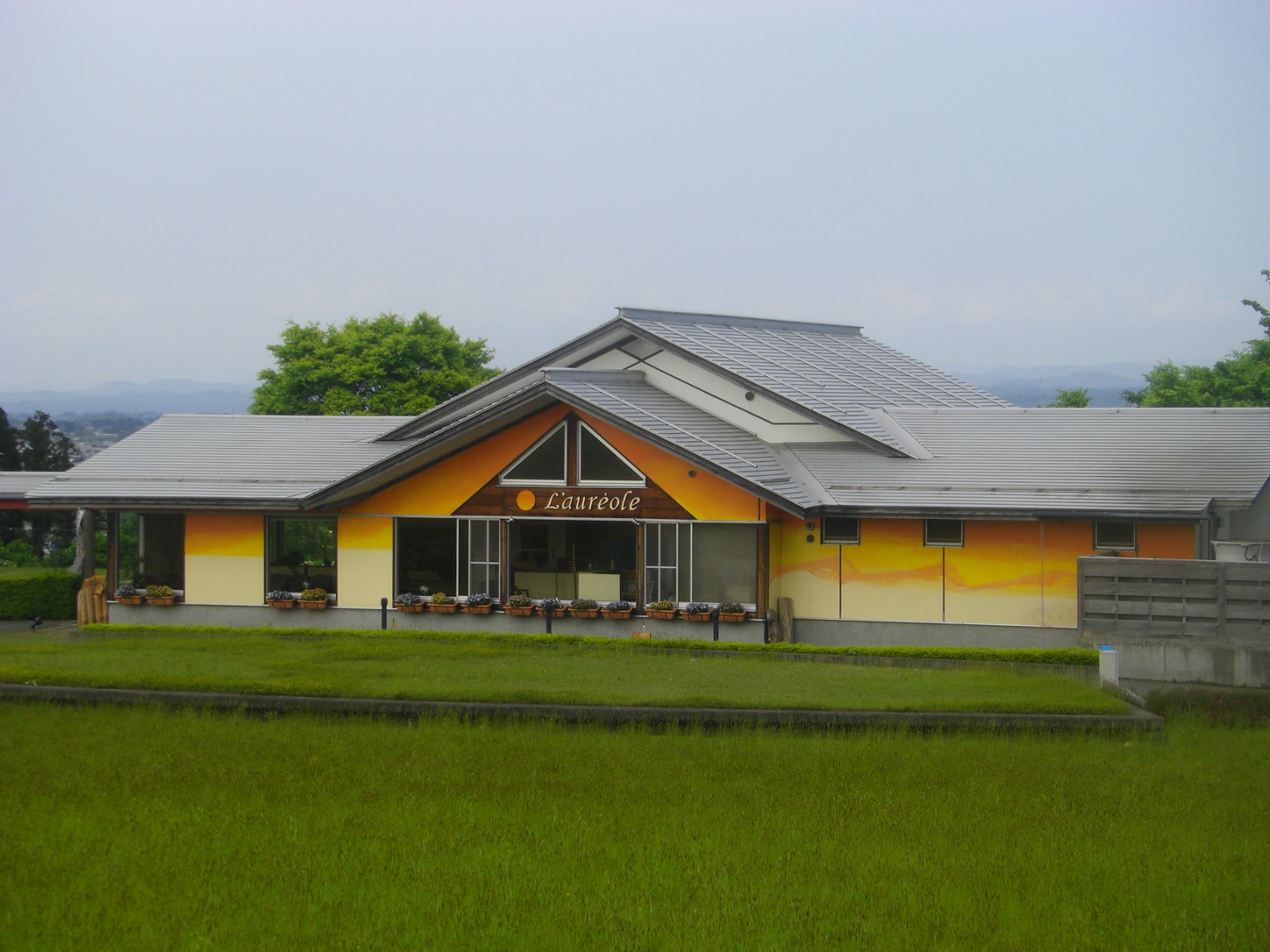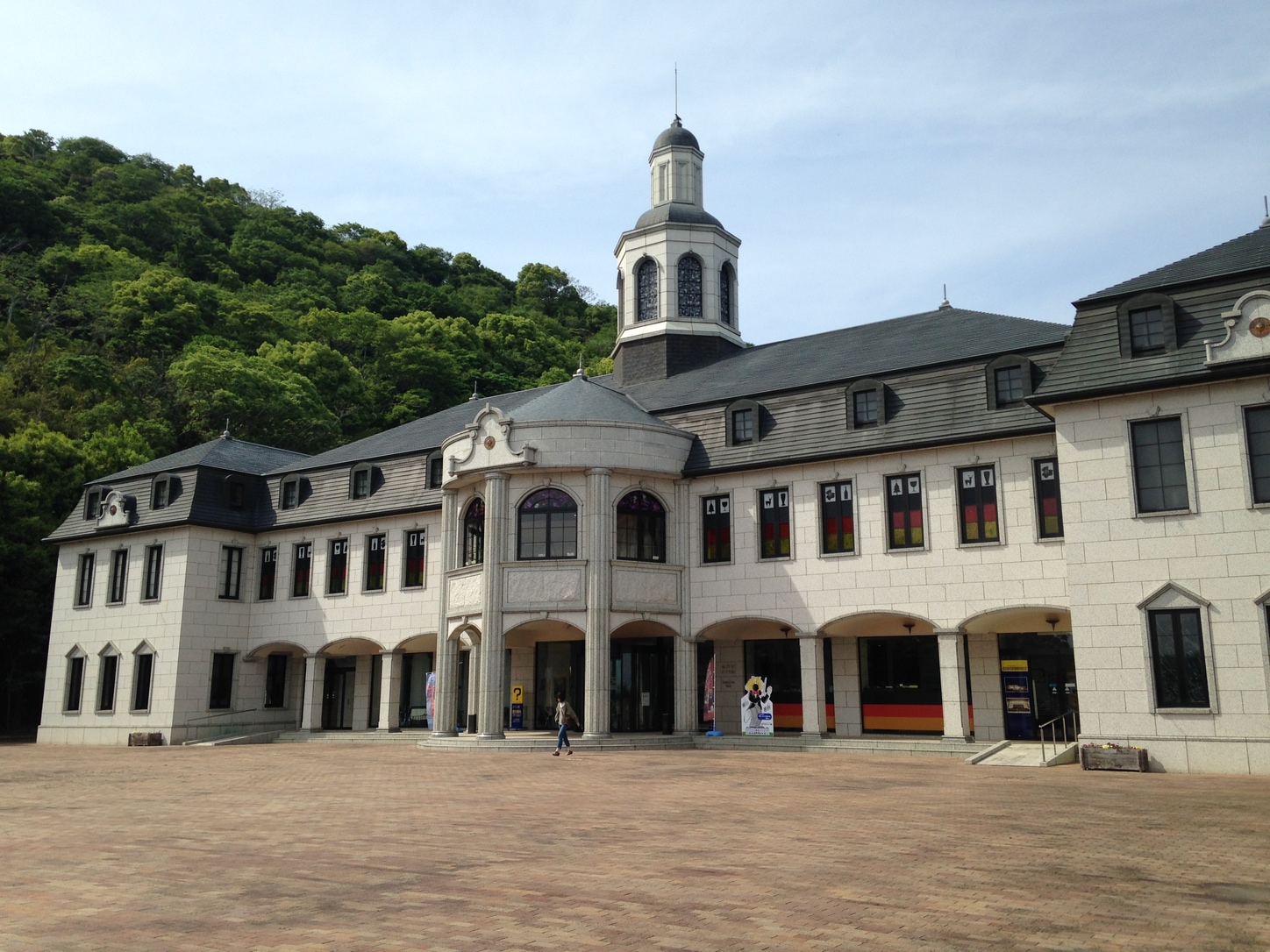Museums in Japan don’t necessarily have to be boring slogs through yawn-inducing historical tomes and shrug-producing arcane art. Here’s a sampling of some truly intriguing institutions bound to pique interest and raise eyebrows.
1. Okunoshima Island Poison Gas Museum in Hiroshima Prefecture
The minuscule island of Okunoshima is inconspicuously located off the coast of Hiroshima Prefecture. It is primarily known for the abundance of wild rabbits that hop around to the delight of tourists. The island’s history, however, is far less cute and cuddly and remains dotted with the ominous ruins of grim complexes.
Between 1927 and 1945, Okunoshima hosted facilities dedicated to the manufacturing of chemical weapons. It was the island’s isolation and remoteness from the capital that led to its selection as the ideal location by the Imperial Japanese Army. The resulting output of mustard and tear gas was used to lethal effect in China. Locals, ensnared in mandatory labor and a conspiracy of silence, also suffered long-term health damage.
Opened in 1988, the Okunoshima Island Poison Gas Museum aims to educate the public about the evils of chemical warfare. It recounts the construction of the factories and their terrible impact on the lives of so many. Equipment, photographs and diaries offer a startling insight into a past that many would like to suppress.
2. Cattle Museum in Iwate Prefecture
Ralph Wiggum from The Simpsons once famously declared that he wished to study at Bovine University when he grew up. While Bovine University is tragically not real, the good people of Oshu City in Iwate Prefecture have offered up an impressive alternative.
The Cattle Museum is the only museum in Japan dedicated to the study and appreciation of cattle. Visitors can learn about the millennia-old relationship that has existed between man and cow. Prehistoric bison fossils, stuffed specimens and a formidable collection of cultural artifacts are spread over two floors. Interactive research displays encourage the non-agriculturally inclined to learn a little about what goes on behind the scenes on livestock farms.
The museum’s location is deliberate. Maezawa Gyu (or Maezawa Beef), considered to be among the finest in Japan, is a local source of pride and can be eaten on site.
3. The Naruto German House in Tokushima Prefecture
Qingdao (also spelled Tsingtao), a prominent Chinese coastal city, used to be a German colonial possession. Japan and the United Kingdom attacked the port in 1914 in accordance with their alliance during World War I. This led to a siege and the eventual capitulation of the Germans. Approximately 1,000 POWs were transferred to the Bando Prisoner of War Camp in what is today Naruto, Tokushima Prefecture.
Conditions were not at all harsh. The Germans enjoyed considerable freedoms and were actively encouraged to interact with the locals. This unconventional cultural exchange culminated in the creation of an orchestra under the supervision of Lieutenant Colonel Toyohisa Matsue. The most enduring legacy of the unusual orchestra was the fact that they were the first to perform Ludwig van Beethoven’s “Symphony No. 9″ in the country.
Today The Naruto German House stands on the site of the camp. The museum pays homage to the poignant interaction between two radically different cultures.
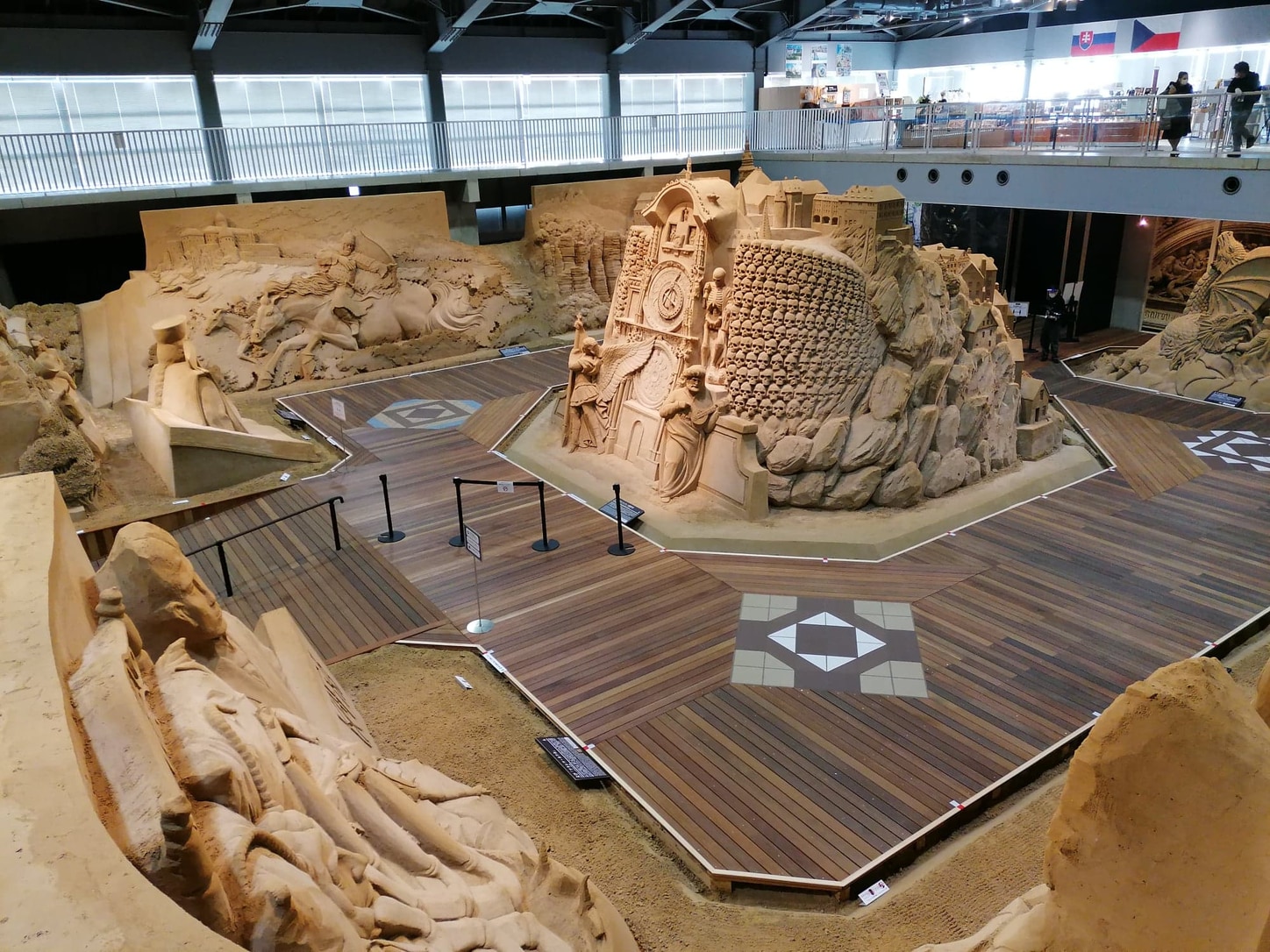
Photo by Zoria P. K.
4. The Sand Museum in Tottori Prefecture
Tottori, Japan’s least populous prefecture, boasts the country’s largest sand dunes. These dunes have been Tottori’s most popular tourist destination for many decades. It was therefore entirely appropriate that this would be the home of the world’s first museum dedicated to the delicate world of sand art.
The Tottori’s Sand Museum is located just outside the Tottori Sand Dunes. Here you will find colossal sculptures, anthropomorphic and architectural in nature, painstakingly crafted by the greatest sand artists from across the globe. Exhibits change every six months and have featured everything from German fairy tales to lost civilizations of South America. At the time of writing, the museum is showcasing the cultural highlights of The Czech Republic and Slovakia. The next exhibition announced will have sand art inspired by Egypt.
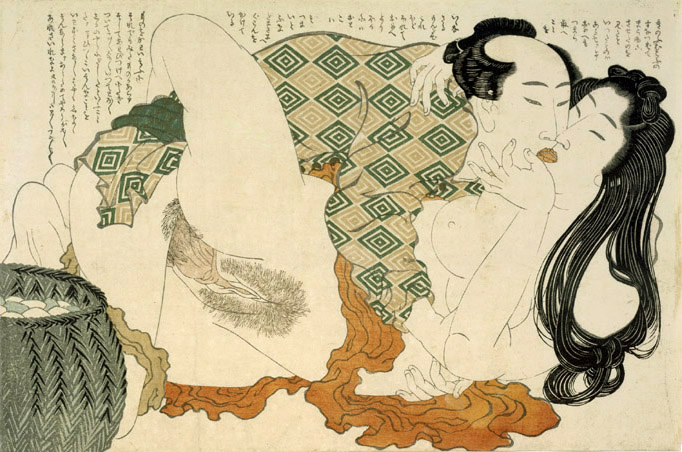
Katsushika Hokusai, The Adonis Plant (Fukujuso), Woodblock, set of 12, oban, ca. 1815. 25.8 x 39.8 cm. Private collection. (Source: Wikimedia Commons)
5. Atami Adult Museum in Shizuoka Prefecture
While primarily known for its hot springs, the resort town of Atami boasts a different kind of attraction that may leave you feeling hot in a different way. Resting in the shadow of Atami Castle and accessible via ropeway is one of Japan’s last remaining hihokan.
These were sex museums that lured curious parties of all ages throughout the Showa Period. Sadly, post-boom society deemed itself too sophisticated for them. Or maybe the advent of the internet satisfied such urges. Now only a few remain – and this is the best one.
Many of the exhibits are interactive. You can even touch objects shaped like body parts. You’ll probably feel awkward and uncomfortable, yet simultaneously satisfied. The apex of the whole experience is subjective, but the Edo-period dildos are genuinely fascinating from a historical perspective.
This place is a kitsch anachronism fueled by unpretentious innocence. The world needs more.
More off-the-beaten-path travel ideas:
Updated On March 27, 2023

